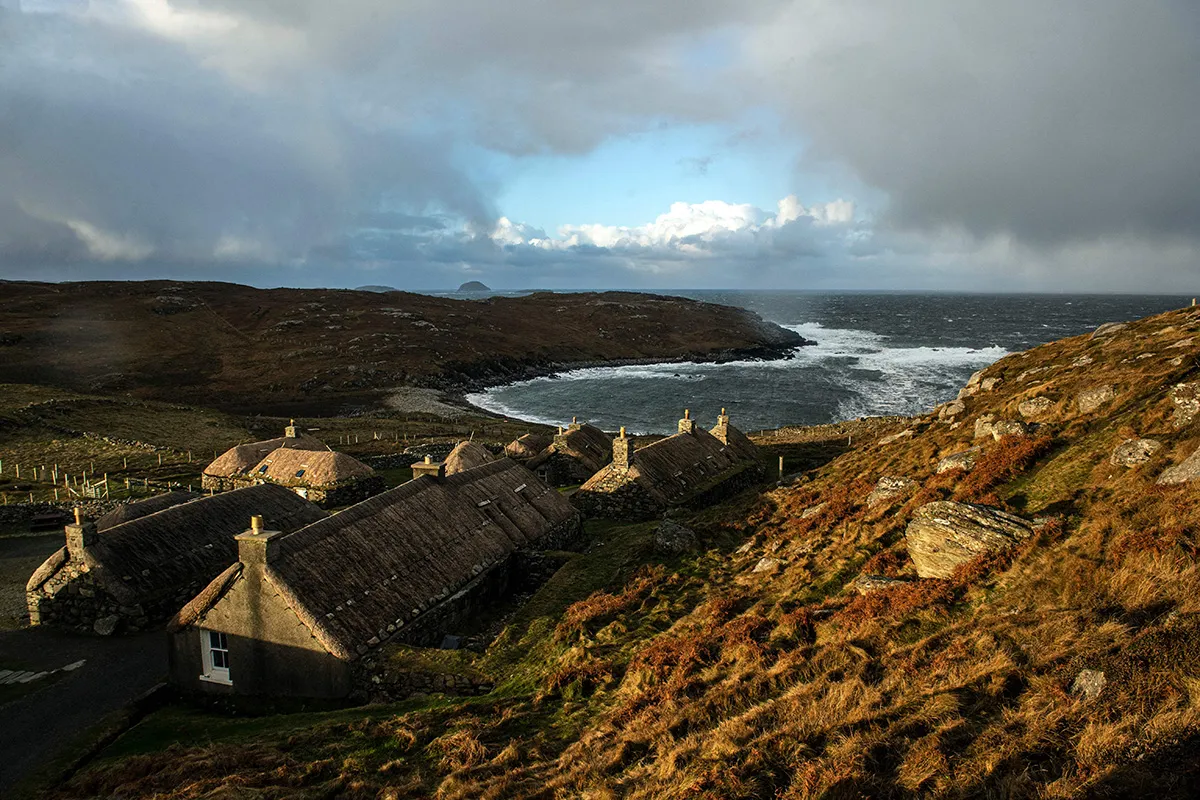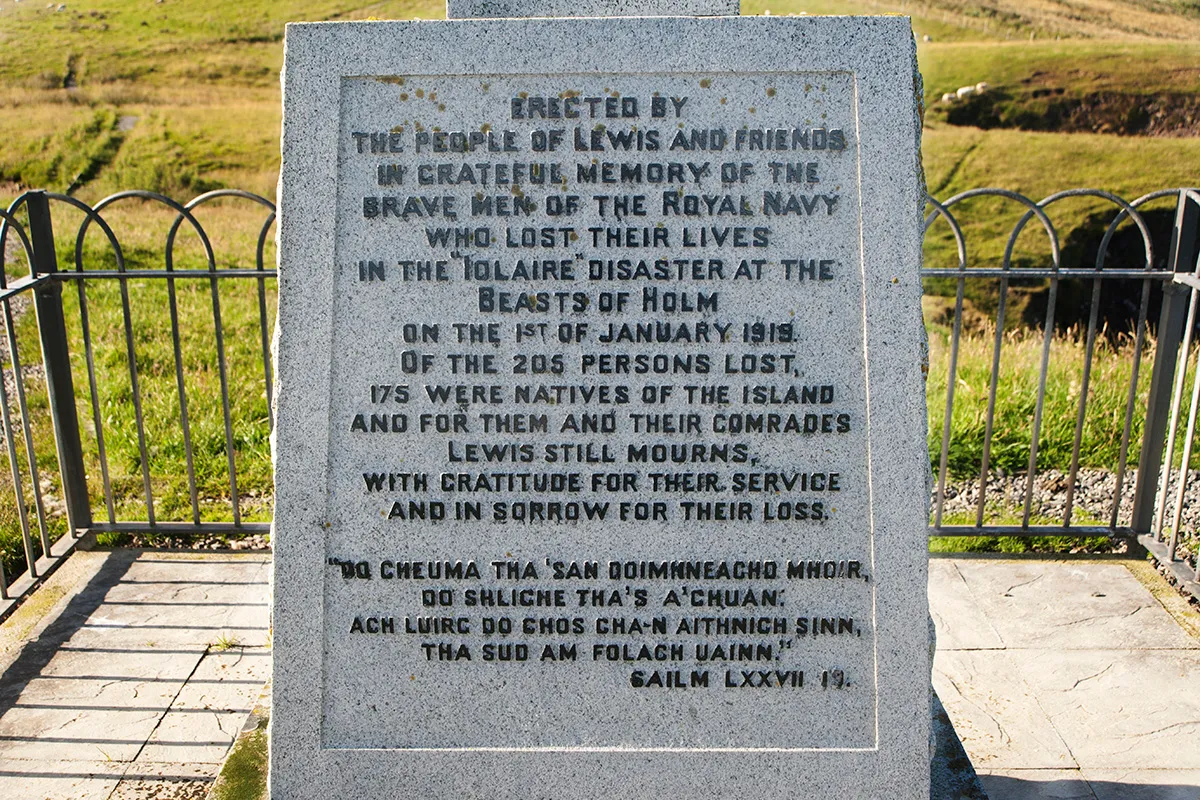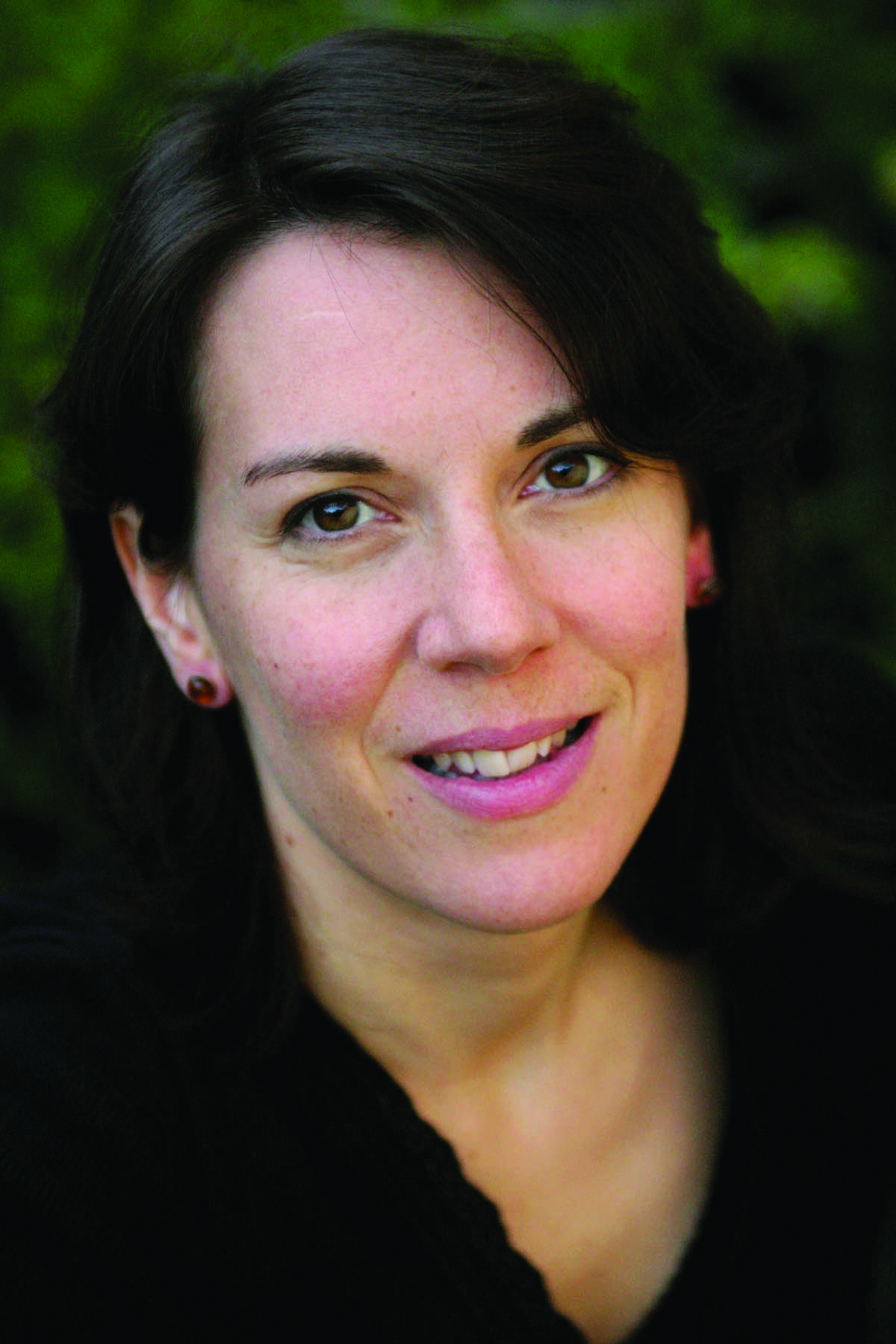"My granny, who would have been eight at the time, remembered her father putting on his Sunday best and going out with other people from the village to collect the bodies that were washing up on the shore.” This was the aftermath of the Iolaire sea disaster in 1919. And when William Cumming, a maths teacher living in Gateshead, began tracing his ancestors from near Stornoway, he discovered that many more of them had been touched by maritime disasters. Some of these feature in three booklets he has published about the history of the area.
“Every summer, when I was a child, my parents would take me and my brothers up to the Outer Hebrides, which was very different to the south of Scotland where we grew up,” says William. “We were immersed in Gaelic culture, and I became very aware that I was descended from the people there. It was an idyllic time – there was a real warmth.”
The Outer Hebrides is an archipelago off the west coast of Scotland that includes the islands of Lewis, Harris, the Uists, Benbecula, Barra and St Kilda. The oral tradition is a major part of the culture, with a rich folklore and store of family stories passed down the generations by word of mouth. This is how William learnt about much of his family, along with records of births, marriages and deaths, parish registers and rentals, plus other miscellaneous collections giving structure to the tales he uncovered by talking to relatives. William discovered that some of his ancestors possibly descended from the MacLeod chiefs who lost the island of Lewis many generations ago, but some of his research is more recent.

“My great grandfather Donald Macleod was born in 1879,” says William, whose family, like many on the island, have adopted a lower-case ‘l’ in the Scottish surname Macleod. “He served with the Royal Naval Reserve (RNR) during the First World War and was on a steamer, possibly the Baron Ardrossan.” Donald was injured when the ship was hit by a torpedo in around 1916, and was sent to the hospital in Edinburgh. He wasn’t able to return to the war, so he had to go back home before the Armistice.
That torpedo may have saved his life. Two boats, HMY Iolaire and SS Sheila, sailed from Kyle of Lochalsh on the Scottish mainland on 31 December 1918, full of servicemen going home after the war. Spirits were high, and the men were looking forward to getting back for the New Year celebrations. But on 1 January 1919 tragedy struck.
William vividly remembers his grandmother’s account. “That night everybody on the island was up and waiting,” he explains. “The Sheila arrived in Stornoway, but there was no sign of the Iolaire. She had hit rocks – the Beasts of Holm – just outside the harbour. More than 200 of the 280 men on board drowned.
“Apparently the news was spread by people running from one village to the next. Islanders who hadn’t heard the news could hear weeping and wailing from the next village, so they knew that something awful had happened.
“The islands still have a grief about them – that day they lost about 10 per cent of those who had signed up with the RNR. A whole generation of women never married and never had children.”
William’s granny’s father helped recover the bodies. “In her village, there were four men on board the Iolaire. Three died and just one survived. The man felt guilty to the end of his days. He gave evidence at the inquiry, and I’ve read his testimony.”

More recently, there was the sinking of HMS Rawalpindi, on which William’s great uncle sailed. “Norman was born in 1913,” says William. “As the Second World War came round, like many of the Outer Hebridean fishermen he signed up for the Navy. He was to go on HMS Rawalpindi. I suspect that the men going on board knew they were doomed, because she wasn’t properly armoured.
“My grandpa Bill went down to the docks with Norman to see him off. Norman turned to him and said, ‘Goodbye Bill, I won’t see you again.’ And off he sailed.”
On patrol north of the Faroe Islands on 23 November 1939, HMS Rawalpindi encountered two German warships. She bravely stood her ground, but was sunk within 40 minutes, although she managed to signal the Germans’ position back to base. Norman was among the 238 men who were lost that day.

Almost 90 years earlier, in November 1850, six men perished in Bàthadh Mòr Shuardail (the ‘Big Drowning of Swordale’). Swordale was a village on Lewis of about 100–150 people. “Nobody’s quite sure what happened. Some reckon that a whale came up underneath their boat and capsized them. Others think that they went down because they overloaded the boat with the seaweed they were collecting to use as fertilizer,” says William.
All of the occupants drowned, leaving six widows and more than 20 children below the age of 16 fatherless. “One of the men was my 4x great uncle John Macleod.”
However, there are positive stories too. William’s grandmother’s brother Murdo Macleod was also in the Navy in the Second World War. “Among many other adventures, he shot down a German plane from the deck of the minesweeper he was on, rescued two Germans when the plane ditched, and was awarded the Distinguished Service Medal at the palace by George VI. He took my granny with him. She remembered the king as a nice, quiet man, with a bit of a stutter.”

As well as births, marriages and deaths and census records, William used some unusual records held by the National Library of Scotland in Edinburgh. “Here I found the collection of Rev William Matheson. He was a very influential Celtic scholar based at Edinburgh University. He made notes of things that people told him, transcribed rentals and recorded inferences drawn from material. He also wrote articles for the Stornoway Gazette, one of which I developed in my third booklet The MacLeods of Garrabost Revisited.”
“At the National Records of Scotland, they’ve got lots of miscellaneous old documents,” adds William. “The one that I’m proudest of finding is a letter from 1786 that nobody else seems to have noticed, which is full of genealogical information.”
William also had a lot of guidance from Bill Lawson, the foremost Outer Hebridean researcher, who lives on Harris. “He’s researched every Outer Hebridean family that has existed in the past 250 years – about 27,000 when one includes those who emigrated – in great depth.”
Through Bill, William made contact with Andrew P MacLeod, the Clan MacLeod genealogy coordinator, and through him a lady in East Kilbride. She had written to the Stornoway Gazette claiming that her family was related to the MacLeod chiefs.
“She has kept the writings of her grandfather, who was born in 1878. There are about 14 pages and she had always wanted them to be looked after, but was not sure how to proceed. They are wonderful documents, and she agreed that we could publish them.” These became William’s first booklet, Family Traditions – John Macleod, 11 Melbost.
“The second booklet, The Torquils of Point, Lewis, is a bit like a one-name study for first names. I tracked down every Torquil in the records, and they all came from six seemingly related families. Going back to 1810, all these families came from the village of Knock, Lewis. One of them is the family of the lady in East Kilbride, and one of them is mine. There’s an oral history claim that the two families are connected and are related to the old MacLeod chiefs, who lost the island of Lewis in about 1610.”
It is now believed that there was a Torquil who died in around 1790 for whom all more recent Torquils are named. It is possible that he was a direct descendant of the old MacLeod chiefs.
The booklet on Garrabost was going to be an appendix to the Torquils research, but William had so much material that it became a booklet of its own.
William raised the money to produce his booklets using the website Kickstarter: “I wouldn’t have been able to justify the expense otherwise.”
“The content of the Family Traditions booklet is almost exclusively from this lady in East Kilbride, so I didn’t want to profit from it,” he adds. “So the proceeds go to Urras Eaglais na h-Aoidhe, a small charitable organisation that looks after a church on Lewis. About half the graveyard has been lost to the sea over the centuries, and they and the community have done remarkable work putting up a sea wall to protect it.”
Similarly, researchers like William, Rev Matheson and the lady from East Kilbride are helping to preserve the precious oral tradition of their forebears – preventing it being washed away by time’s lapping waters.
Do you have a family story to share with Who Do You Think You Are? Magazine? Email wdytyaeditorial@ourmedia.co.uk for your chance to appear in print!
